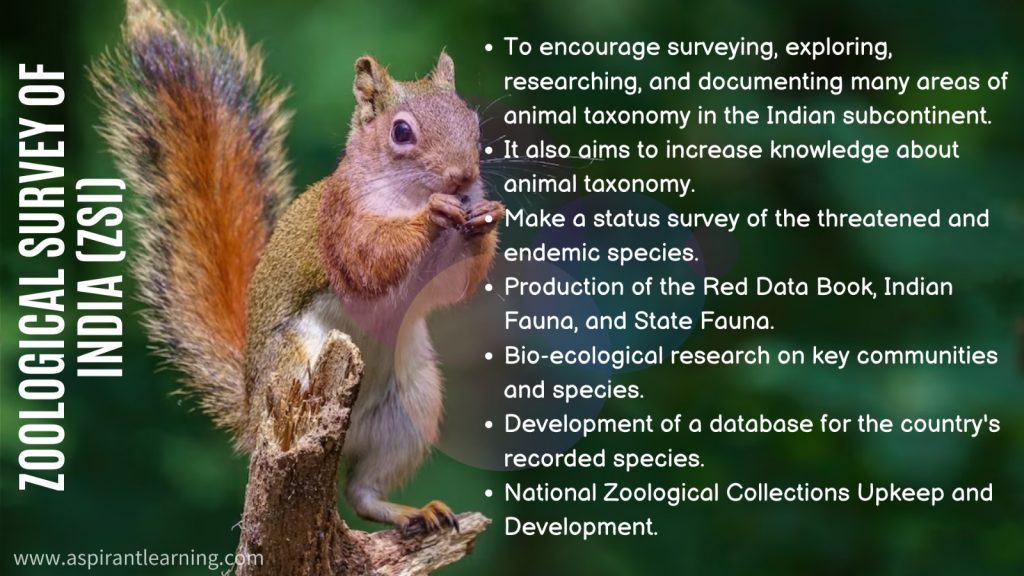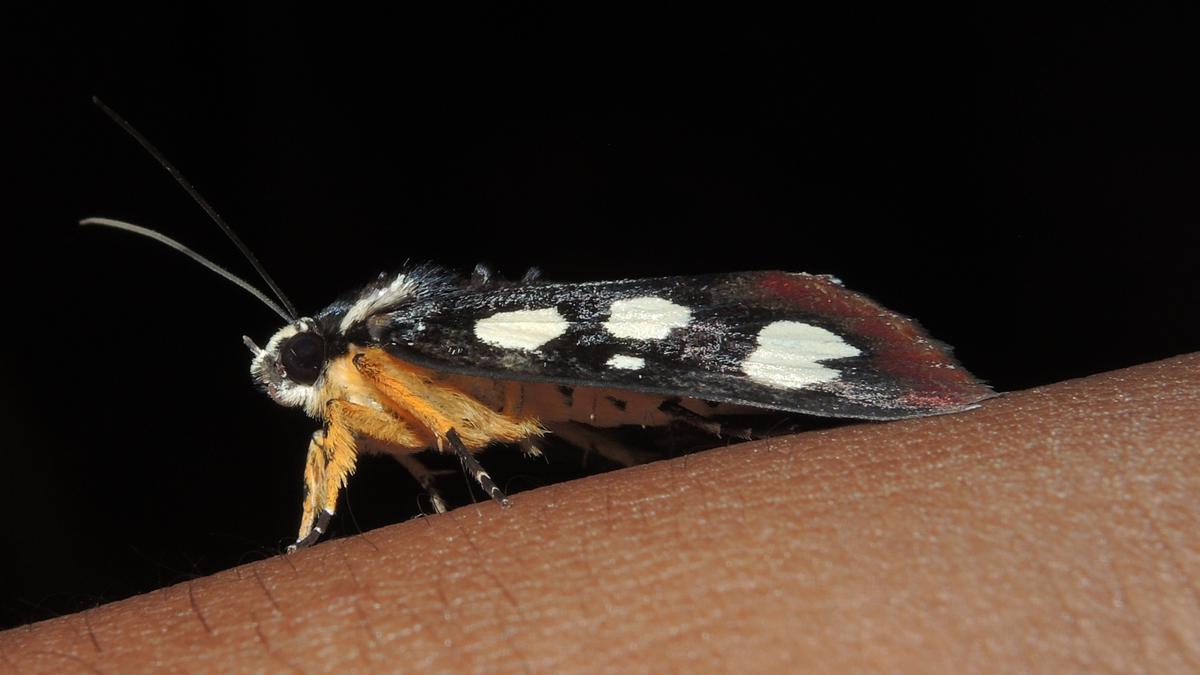News Highlight
Moth found in Tirunelveli, Thoothukudi districts after 127 years; photographed for the first time.
Key Takeaway
- The species was first illustrated and described by an English entomologist in 1893.
- Two Tamil Nadu researchers discovered a rare moth species in India for the first time in the Kalakkad-Mundanthurai Tiger Reserve (KMTR) buffer zone.
- It was last seen 127 years ago, in 1893, in Trincomalee, Sri Lanka.
Moths found in Tirunelveli
- Overview
- Mimeusemia ceylonica is a moth species in the Agaristinae subfamily of the Noctuidae family.
- In 1893, English entomologist George Hampson depicted and described it for the first time.
- The species was detected again during a moth survey on October 11, 2020, at the Agasthyamalai Community-based Conservation Centre (ACCC).
- It is located in the KMTR buffer zone in the Tirunelveli district.
Kalakkad-Mundanthurai Tiger Reserve (KMTR)
- About
- This reserve, also known as KMTR, was established in 1988 by joining the existing and adjacent Kalakkad and Mundanthurai wildlife sanctuaries.
- The first Tiger reserve in Tamil Nadu was established in Kalakkad – Mundanthurai.
- It is located in the southern region of the Western Ghats and is made mainly of moist evergreen woods;
- In addition, it serves as the catchment area for 14 rivers.
- It is also situated inside the Agasthyamala Biosphere Reserve.
- Furthermore, the IUCN has designated Agasthyamala Biosphere Reserve as one of India’s five plant variety and endemism centres.
- Flora and Fauna
- Aside from tigers, the forest is home to Sambar, spotted deer, elephants, leopards, wild dogs, and various bird and reptile species.
Lepidoptera
- About
- Lepidoptera is an insect order that contains butterflies, moths, and skippers.
- Lepidoptera is derived from Greek and means “scaly winged,” referring to the wings’ distinctive covering of minute dustlike scales.
- The butterflies are more familiar than the primarily night-flying and dull-coloured moths.
- Due to their day-flying habits and dazzling colours, the latter is far more varied and prolific.
- Furthermore, skippers are a widespread group that exists between butterflies and moths.
- Importance
- They are ecologically significant because they convert enormous volumes of plant matter into animal matter.
- Additionally, it serves as food for many other animal groups.
- Several species’ adults are crucial in pollination, which occurs when they visit flowers for nectar.
Zoological Survey of India (ZSI)
- About
- ZSI was founded in 1916 to foster survey, exploration, and research to increase understanding of the British Indian Empire’s flora and fauna.
- It is India’s premier animal taxonomy organisation.
- It began as the Indian Museum’s Zoology Division in Kolkata.
- The ZSI initially had eight regional centres spread across India.
- There are currently 16 regional centres located around the country.
- Furthermore, the headquarters are located in Kolkata.
- Section 39 of the National Biodiversity Act of 2002 identified it as a designated repository for the National Zoological Collection.
- Functions
- ZSI publishes the Red Data Book on Indian Animals.
- It was initially released in 1983 and is similar to the IUCN’s Red Data Book.
- Results will be published, covering the Fauna of India, the Fauna of States, and the Fauna of Protected Areas.
- In addition, those involved in the project will receive training, capacity building, and human resource development.
- Geographic Information System (GIS) and Remote Sensing research on documented animal diversity and threatened species.
- It works to build an Environmental Information System (ENVIS) and Convention on International Trade in Endangered Species of Wild Fauna and Flora (CITES) Centers.
- CITES is a global pact designed to safeguard threatened plants and animals.
- Furthermore, it conducts “Biodiversity” joint research activities with other organisations in India and internationally.

Pic Courtesy: The Hindu
Content Source: The Hindu



